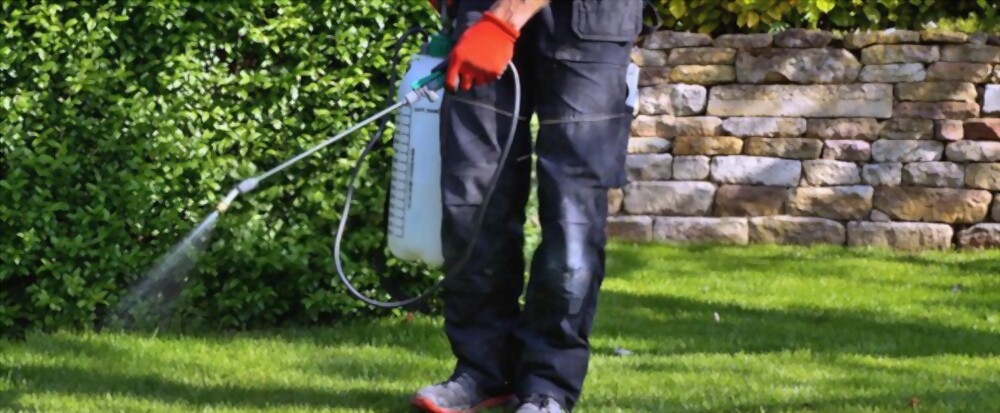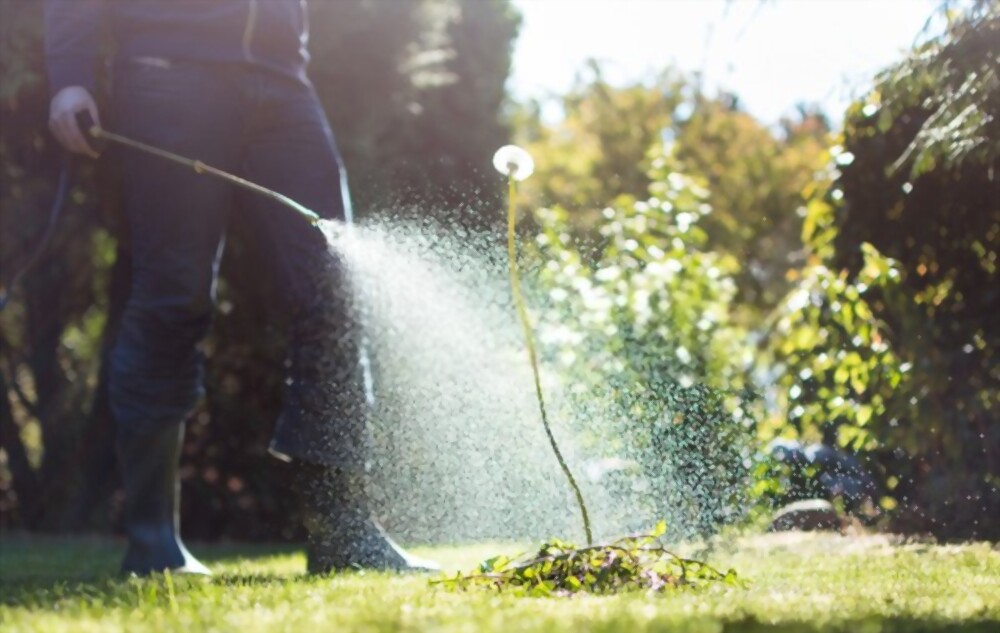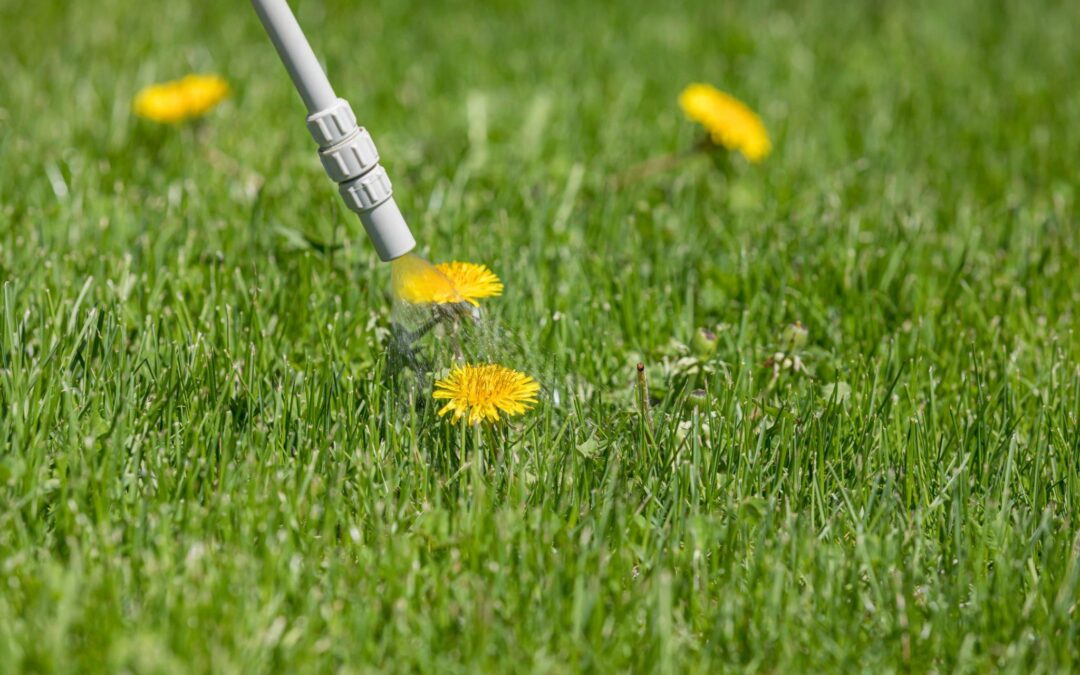Some questions keep us up at night: Yes or No? Scrambled or fried? Marvel or DC? But the answers to many questions are not “either-or” but “both” and “it depends.” Not all choices are binary, and landscaping is no exception. In fact, with most landscape design and maintenance questions, there are often multiple answers. For herbicides and weeding, you might wonder whether pre- or post-emergents suit your lawn. And depending on the time of year and situation in your Austin yard, the answer depends. Both have their place, so today, Progreen will break down the differences and details of post and preemergents for your landscaping needs.
What Are Pre and Post-Emergents?
Let’s start with the basics. If you’re reading this, chances are you’re not a professional landscaper, so you may not know what we’re referring to when we describe emergents. Both post and preemergents are types of weed prevention. The difference between them is when we use them.Preemergents
 Preemergents are used to prevent weeds rather than destroy them. For most landscapes, weeds are already present in the soil, just waiting for the right conditions to - wait for it - emerge. Preemergents target plants in the stage before they bloom from the ground.
Preemergents are used to prevent weeds rather than destroy them. For most landscapes, weeds are already present in the soil, just waiting for the right conditions to - wait for it - emerge. Preemergents target plants in the stage before they bloom from the ground.
Post Emergents
You are likely more familiar with post-emergents than their “pre” cousin. For example, most weed killers you can buy in the hardware store or gardening center are post-emergents. You use them to kill weeds already present that blight your flower gardens!Which is Better?
Asking which form of weed treatment is better is a silly question. Each has its place. You can use both in your landscaping, but one can’t be used where the other is needed.When Do We Use Each?
As we alluded to in our definitions, preemergents and post-emergents have specific times when they are helpful. For example, you use pre before blooming and post after. For that reason, you’ll often find us using preemergents before spring and post-emergents after blooming has begun.Where Do We Use Each?
 You use preemergents in places like your lawn or flowerbeds with well-established flowers. For example, you would not apply preemergents to new soil in a garden you were seeding.
Preemergents don’t target specific plants; they target a growth stage. So if you apply them in a spot where you are trying to grow new flowers or where you just reseeded your grass, the effect will be less than desirable. On the other hand, the preemergents will prevent weeds and all of the plants you are trying to establish.
Post emergents come in many varieties. Technically strong vinegar could be considered one! Some will kill anything they touch, while others are formulated to target particular species or families of plants.
Post-emergents are explicitly for existing weeds. For example, when a dandelion rears its head, you can spray it directly with a post-emergent to kill it. Unlike preemergents, you would not use it prophylactically but would wait actually to see it growing.
You use preemergents in places like your lawn or flowerbeds with well-established flowers. For example, you would not apply preemergents to new soil in a garden you were seeding.
Preemergents don’t target specific plants; they target a growth stage. So if you apply them in a spot where you are trying to grow new flowers or where you just reseeded your grass, the effect will be less than desirable. On the other hand, the preemergents will prevent weeds and all of the plants you are trying to establish.
Post emergents come in many varieties. Technically strong vinegar could be considered one! Some will kill anything they touch, while others are formulated to target particular species or families of plants.
Post-emergents are explicitly for existing weeds. For example, when a dandelion rears its head, you can spray it directly with a post-emergent to kill it. Unlike preemergents, you would not use it prophylactically but would wait actually to see it growing.

